Cooking on a hotplate vs grill

Cooking with hotplates
Before cooking on your hotplate, ensure it’s pre-seasoned by adding a thin layer of oil on the surface and heating it up a bit. Doing this creates a non-stick surface that keeps your food from burning or sticking to the hotplate. It also protects your hotplate from rusting.
Make sure you clean your hotplate thoroughly after cooking: scrape off any burnt residue, run hot water over it, and scrub and dry off with a clean cloth.
Hotplates are best for food cooked at a lower heat. You can cook great food ideas using a hotplate, including pancakes and eggs, hash browns, sausages, burgers and grilled cheeses.
Cooking with grills
It’s really important that your grill is cleaned before you cook on it again. Otherwise, the flavour of your food will be affected.
When cooking on a grill, refrain from flipping your food often- ideally, you should only flip the food once. If the meat is stuck to the grill, that’s a clear indication that it’s not quite ready to be flipped.
While it may also be tempting to flatten your food with a spatula, you should actually avoid doing so as it forces the juices of the meat out and the meat to lose flavour and moisture.
Contrastingly to hotplates, grills give your food a scorched charcoal look that is perfect for seared steaks, burgers, ribs, chicken breasts and kebabs.
Browse More Tips & Tricks
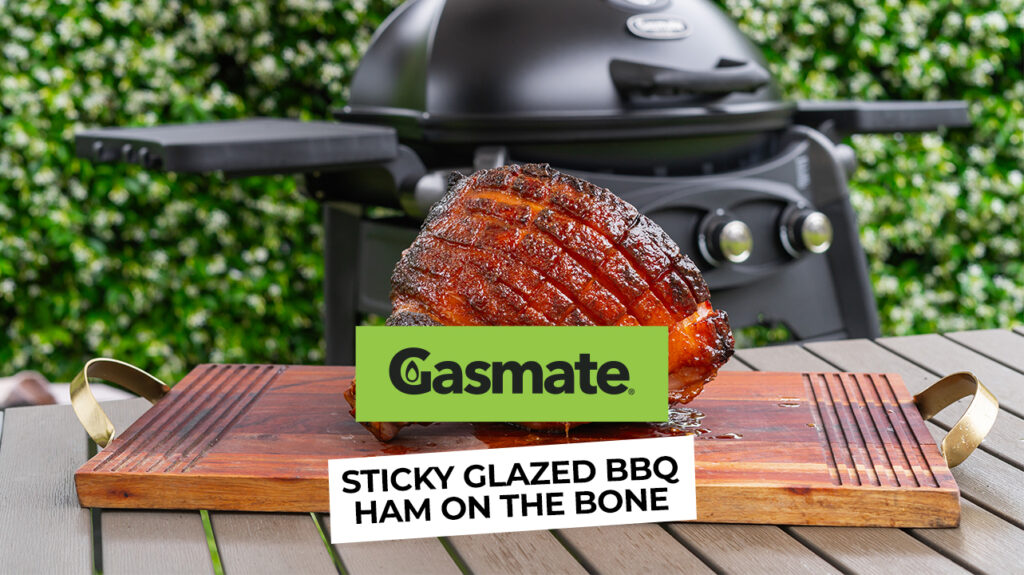
Sticky Glazed BBQ Ham on the Bone
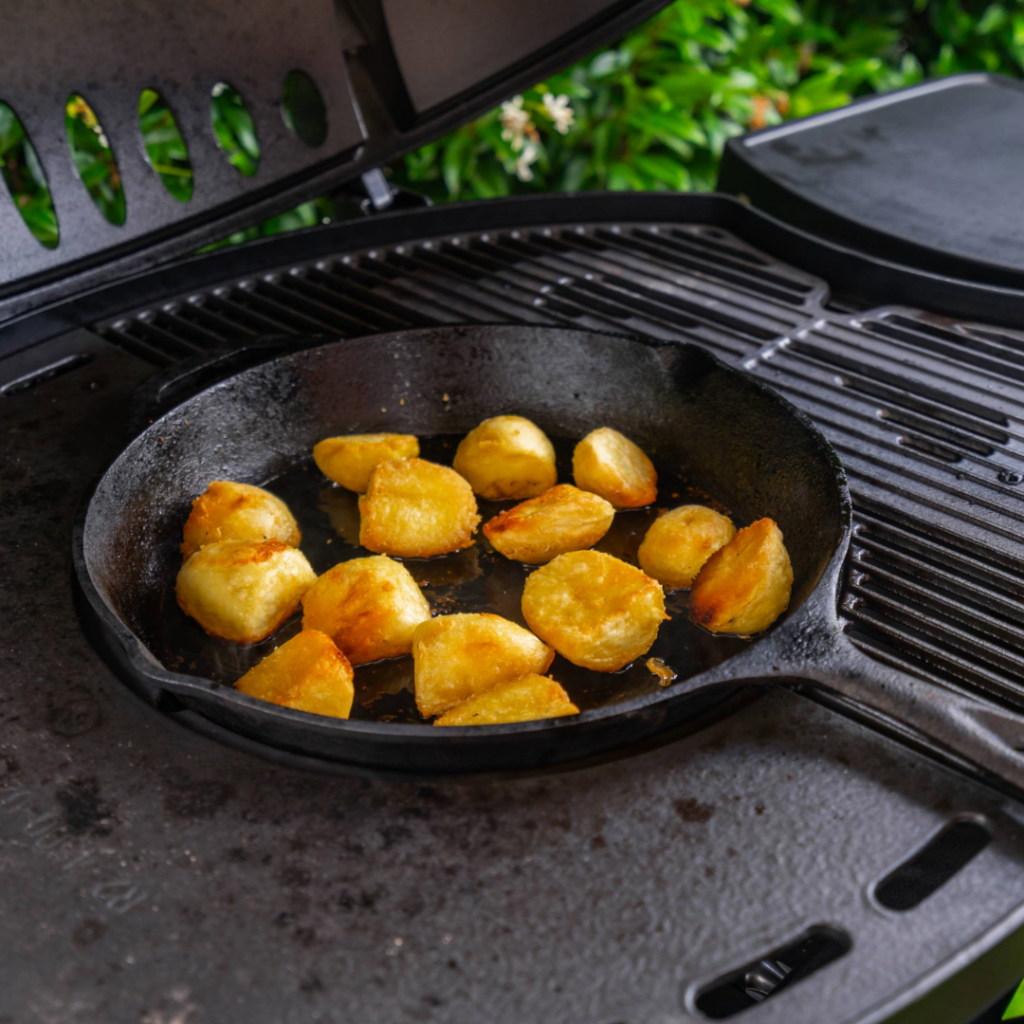
Crispy Roasted Potatoes Recipe: 3 Ingredient Method for Perfectly Cooked Potatoes
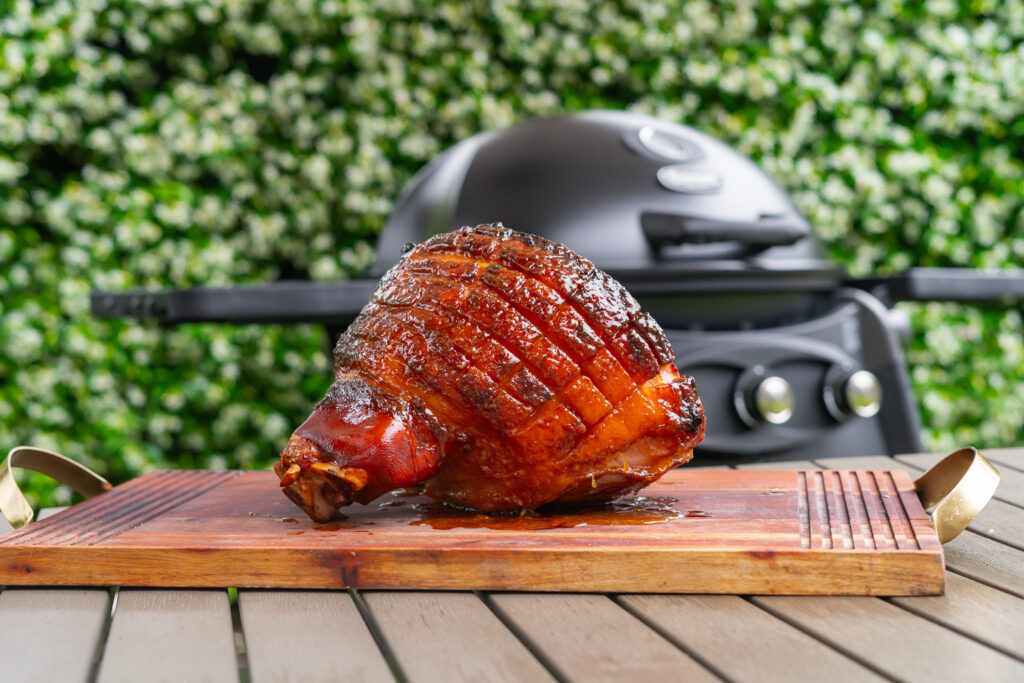
BBQ Glazed Ham on the Bone: A Crowd-Pleasing Recipe Made Easy Using 4 Simple Ingredients
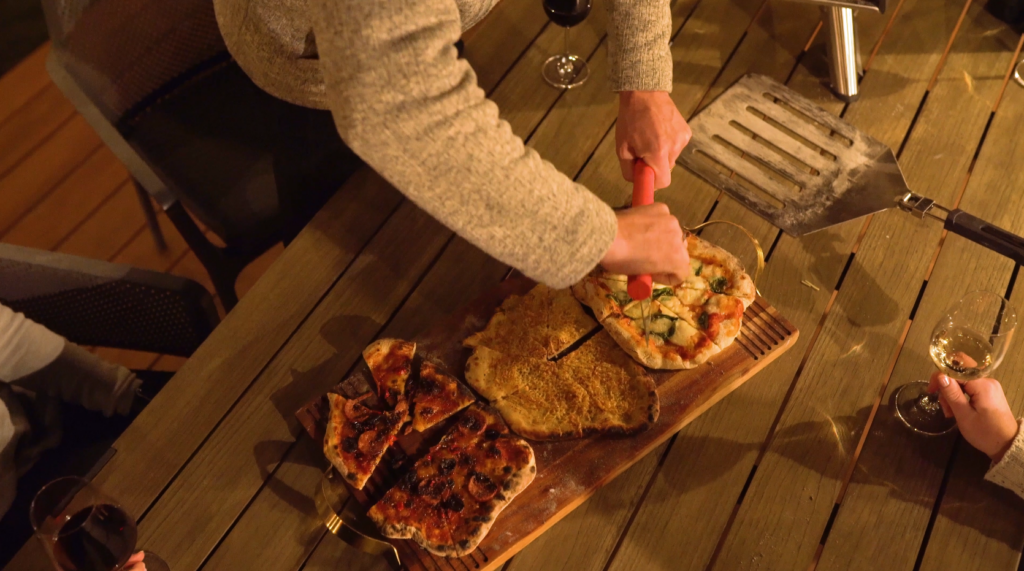
Our Favourite Pizza Toppings
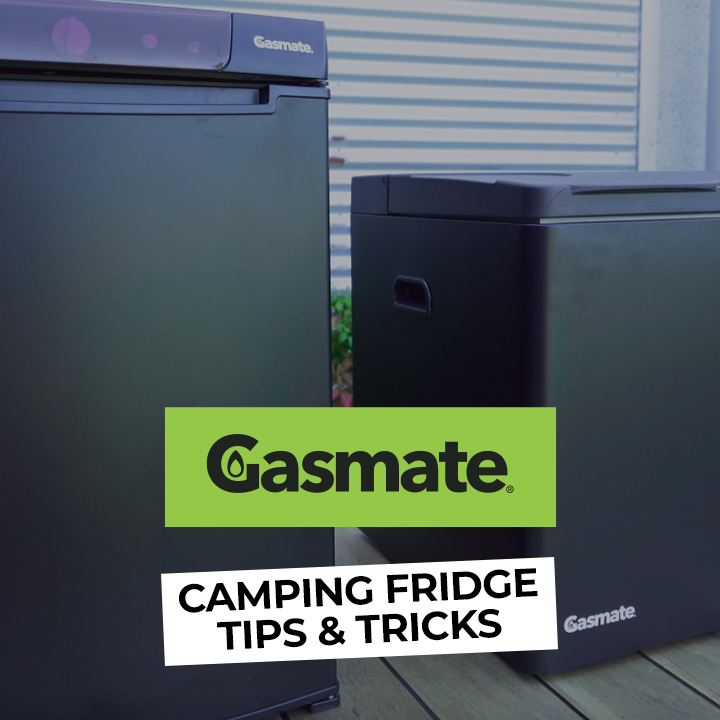
Camping Fridge Tips & Tricks
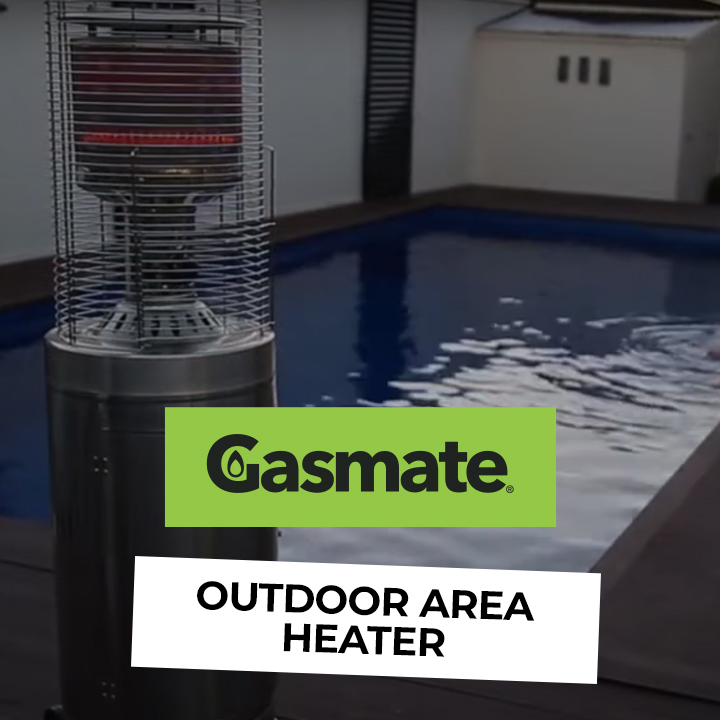
Outdoor Area Heater

Gasmate Illium Freestanding Electric Outdoor Heater
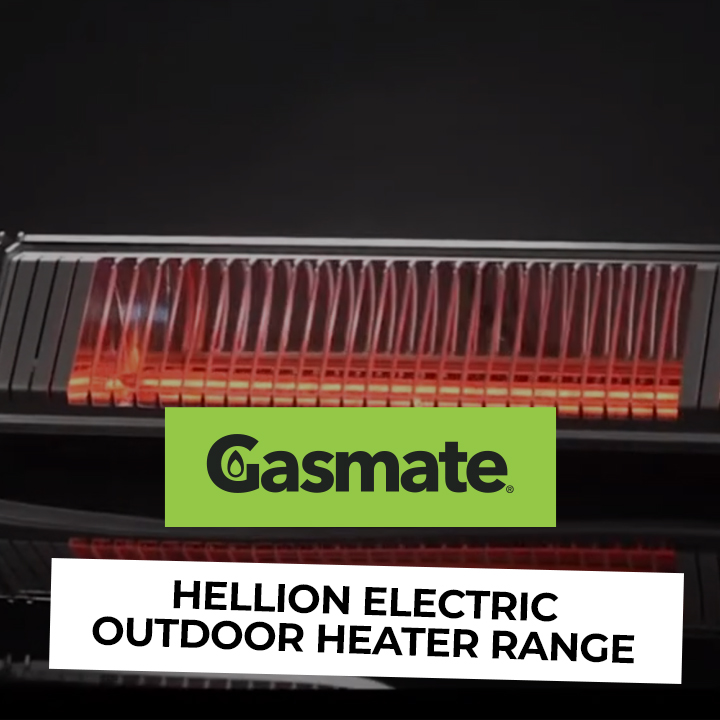
Hellion Electric Outdoor Heater Range

Lumos Electric Outdoor Heater

